How to Inflate Your Tyres
Overview
On every four-wheel drive adventure, the perfect tyre pressure differs for rocks, gravel, sand, mud, and of course when it’s time to head home; the highway. Changing your tyre pressure for each situation will make a big difference to comfort, traction, tyre wear and fuel economy, but it does mean you could be lowering and raising your tyre pressures multiple times a day.
This can be done easily with a tyre gauge, and a 12 volt air compressor from our tyre care range. But we’re going to dive a little deeper with a few tools and methods so you know how to put air in car tyres.
Car tyres in different seasons
Changes in ambient temperature will affect your tyre pressure. In summer, higher temperatures cause air inside tyres to expand, potentially leading to overinflation. This reduces the contact patch between the tyre and the road, impairing traction and increasing wear. Conversely, winter's colder temperatures cause the air to contract, resulting in underinflation. Underinflated tyres can compromise handling, increase fuel consumption, and accelerate tread wear.
Steps
1. Check your tyre pressure
Before you can set the correct tyre pressure, you need to know what pressure they are currently. A tyre gauge is a SUPER handy thing to keep in your glove box. Whip the valve cap off and take a reading. If you hear air hissing as you do this, the reading will be inaccurate, so adjust the angle of the gauge until the hissing stops.
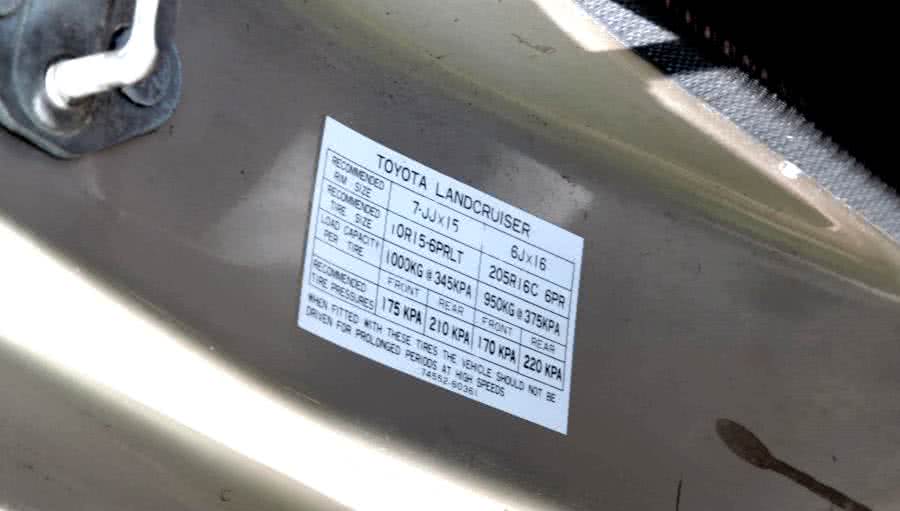
2. How much air to put in tyres
If you’re setting your tyre pressures for road driving, look inside the
driver or passenger side door jamb for the tyre placard. This will tell you the ideal tyre
pressure range, which may be different between the front and the rear.
When changing your tyre pressure for off-road terrain, a general rule stands
that the looser the surface, the lower the tyre pressure. For a gravel road, hard packed
tracks, or slippery surfaces start by going a third lower than highway pressure. Over soft
mud, loose rocks, and firm sand; try about half. On soft sand you may need to go a little
less than half.
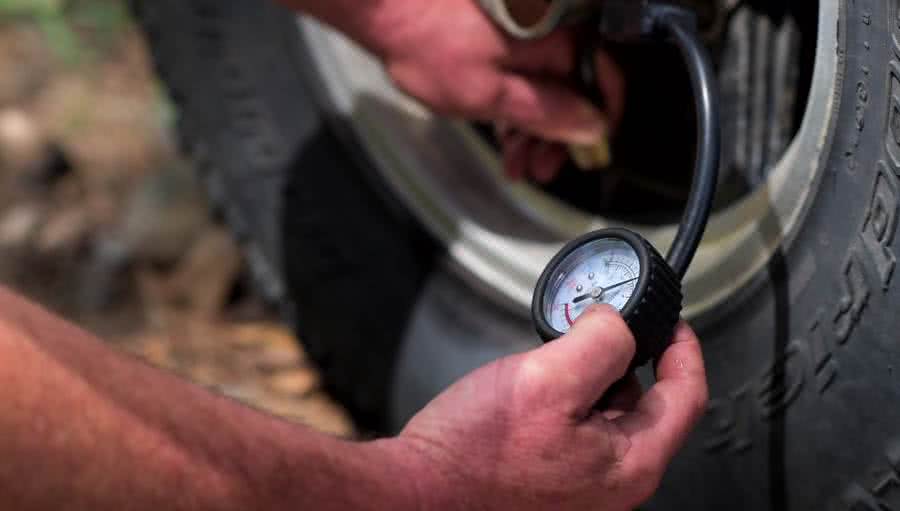
3. How to deflate tyres
Some pressure gauges include a simple mechanism in their design to deflate
tyres. If yours doesn’t have one; you can also use a stick, key, or anything else which fits
into the valve stem. Depress the centre of the valve to release the air, and check the
pressure every 10 seconds until you’re at the target.
For faster deflation, there are tools designed specifically for the job which you’ll find
among the tyre
gauge range.
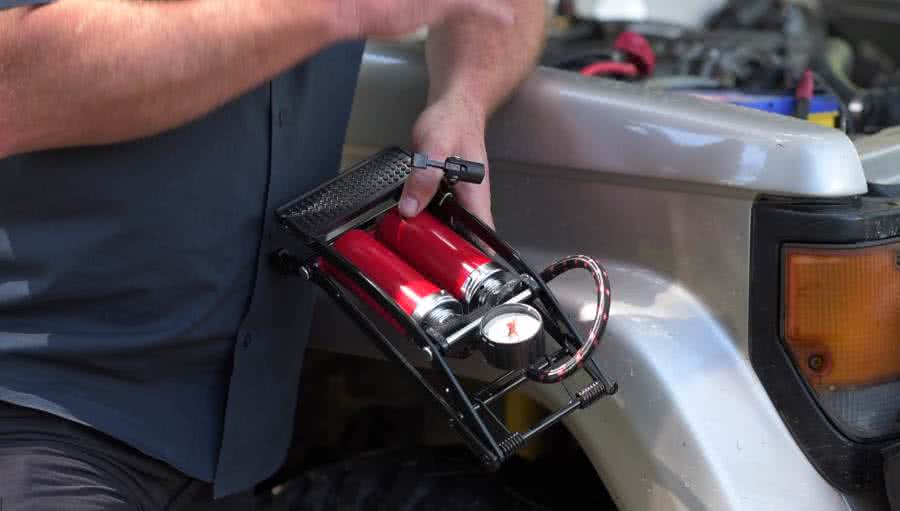
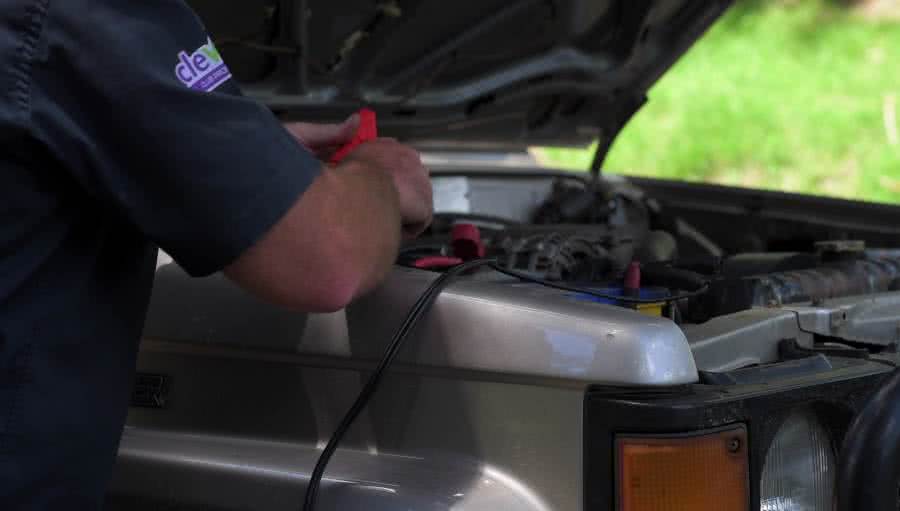
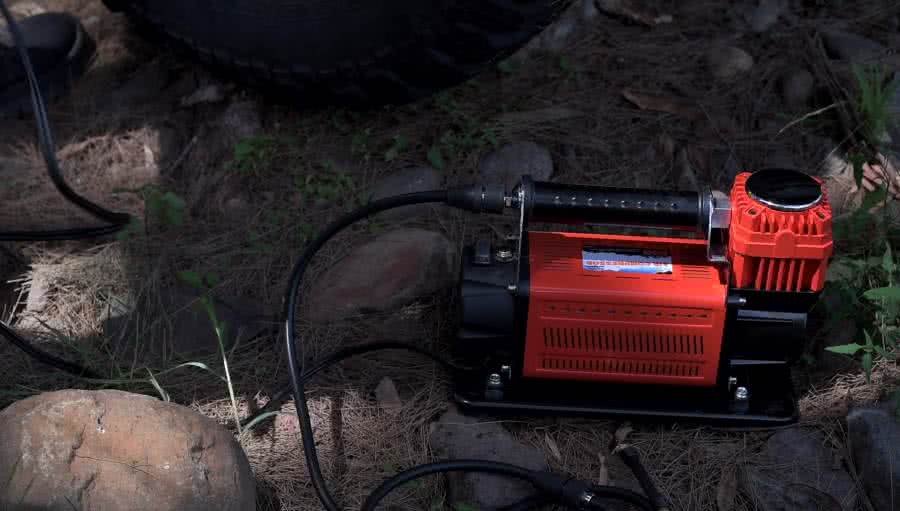
4. How to put air in car tyres
If you’re on the road, just about every service station will have compressed
air you can use for free. If how to inflate car tyres at home is your primary concern, you
may like to invest in a workshop air compressor and inflator attachment. Out in the bush you
can use a 12 volt air compressor. These are powered by the vehicle's battery whilst the
engine is running.
Simply place your compressor next to the tyre you're inflating, attach the positive
alligator clip onto the positive terminal first, then the negative clip to the negative
terminal.
Fit the air compressor hose to your tyre valve and turn the compressor on. The gauge on most
12-volt compressors is accurate only when the compressor is off, so after around a minute;
switch it off and check your progress. Refer to step one for exactly how much air to put in
tyres.
Once you’ve inflated each tyre in this manner, be careful packing the compressor away as it
may have become too hot to touch. Some air compressors will stop working when they become
too hot. Allow it to cool and it will restart.
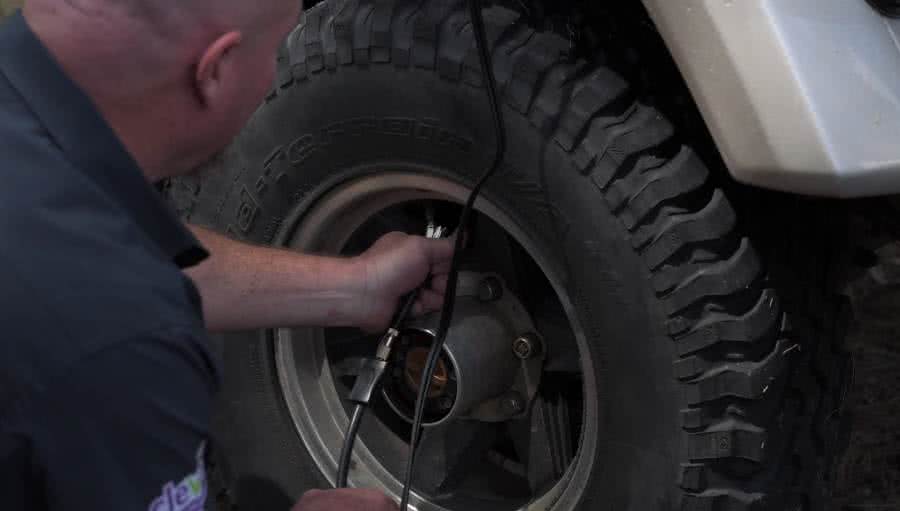
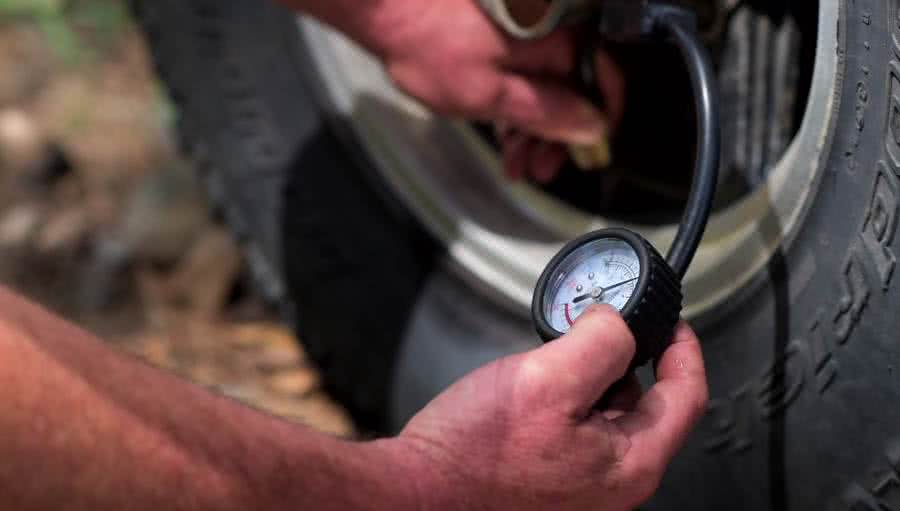
Tips
What are the benefits of regular tyre pressure checks?
Regular tyre pressure checks and adjustment once a month or so will ensure optimum safety, performance, and wear. Under inflated tyres cause uneven wear on the outsides of the treads and increased rolling resistance, which can significantly raise fuel consumption. Over-inflated tyres reduce contact with the road surface causing poor handling and excessive wear in the middle of the tyres.
How to put air in tyres at a petrol station?
Putting air in tyres at a petrol station is SUPER easy these days. Most modern petrol stations
have a fully automated system. Just set the pressure at the inflation station to that which is
recommended on your tyre placard, and clip the air hose onto your valve stem. The system will
measure your tyre pressure and either add or release air to achieve the perfect pressure.
If you come across an older system, you may have to control the pressure yourself. It’s
pretty
easy, just attach the inflator to your tyre valve, read the pressure, and squeeze the inflator
trigger to add more if required.
How to inflate car tyres at home?
Inflating car tyres at home can be done with a small tyre inflator designed to run off mains power or your car battery. These are inexpensive, but have limited uses outside of tyre inflation. Alternatively, you can set up a workshop compressor to inflate car tyres at home. Just an air hose and an inflator attachment are required. Once the compressor has filled its tank; connect the inflator to your tyre valve for a pressure reading, then squeeze the trigger to add air as required.
*Important information* - Click here to read more about our How-To terms and conditions.